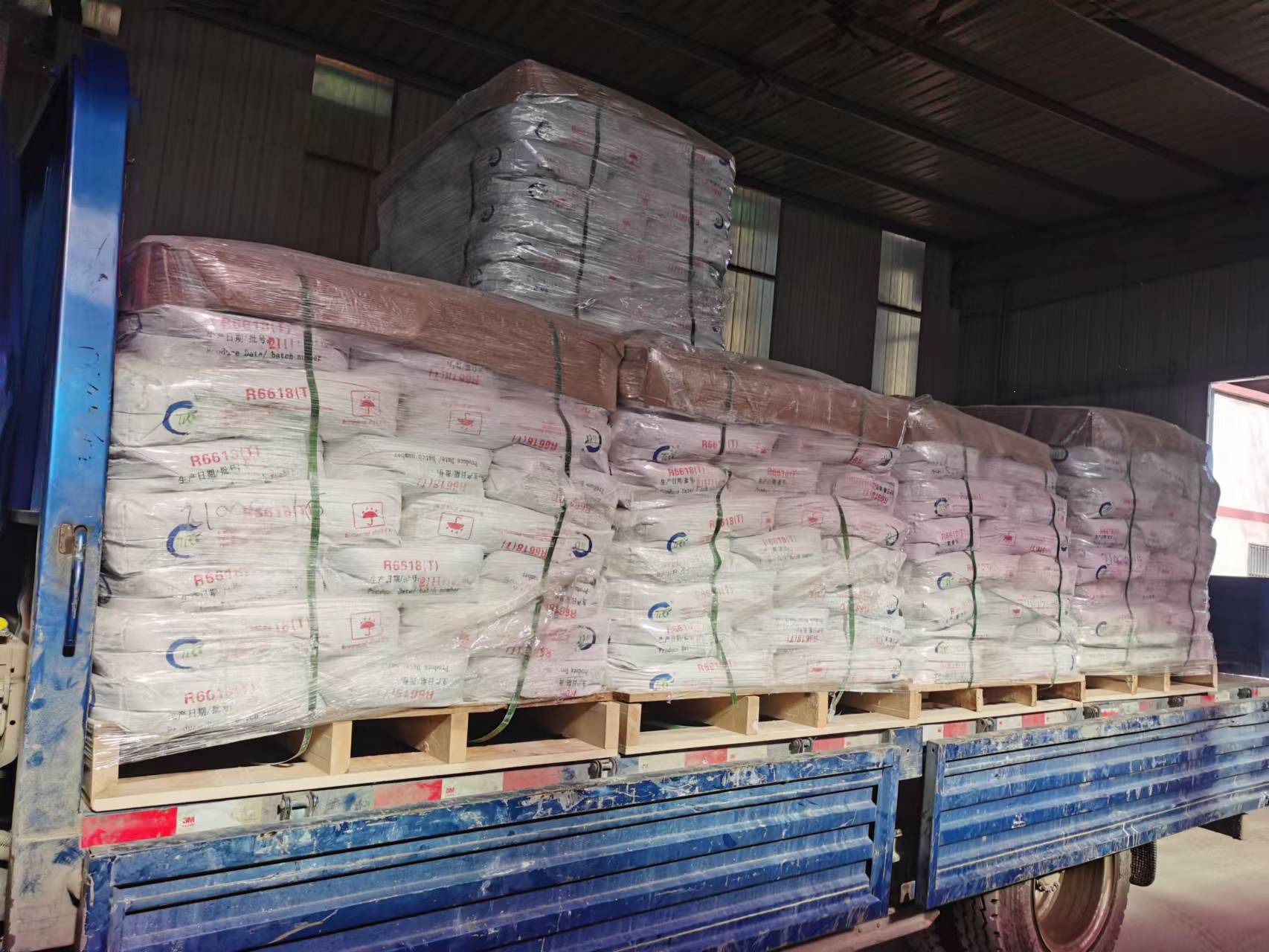
Oct . 19, 2024 03:19 Back to list
tio2 pigment factories
The Role of TiO2 Pigment Factories in Modern Industries
Titanium dioxide (TiO2) is a vital white pigment widely used in various applications, including paints, coatings, plastics, paper, and cosmetics. The growing demand for high-quality TiO2 has led to the proliferation of dedicated pigment factories worldwide. These factories are instrumental in producing this essential pigment, which derives its popularity from its impressive properties, including high opacity, brightness, and durability. This article explores the significance of TiO2 pigment factories, their manufacturing processes, and their impact on various industries.
Manufacturing Processes
The production of TiO2 pigments typically involves two primary processes the sulfate process and the chloride process. The sulfate process is the older method, which starts with the reaction of titanium ore (primarily ilmenite) with sulfuric acid. This process produces a titanium sulfate solution, which is then hydrolyzed to form titanium dioxide hydrate. After filtration, washing, and calcination, the hydrated titanium dioxide is transformed into pure TiO2 pigment.
In contrast, the chloride process uses titanium tetrachloride as the raw material, obtained by reacting titanium ore with chlorine at high temperatures. This method is seen as more environmentally friendly, as it produces fewer by-products and generates less waste compared to the sulfate process. The titanium tetrachloride is oxidized to produce TiO2, which is then refined further to enhance its properties.
Both methods require advanced technologies and stringent quality control measures to ensure that the final product meets the high standards demanded by the market. The choice of production method, however, depends on factors such as the type of titanium ore available, local regulations, and the required attributes of the final pigment.
Environmental Considerations
Despite the many benefits of TiO2 pigments, their production is not without environmental challenges. The sulfate process, for instance, generates significant waste and can lead to environmental pollution if not managed correctly. As such, TiO2 pigment factories are under increasing pressure to adopt more sustainable practices and technologies.
tio2 pigment factories

Many manufacturers are now investing in cleaner production processes and waste management systems to minimize their environmental footprint. This includes recycling water used in production, recovering valuable by-products, and implementing effective waste disposal methods. Additionally, stringent regulations and guidelines are being established to ensure that factories adhere to environmentally friendly practices, reducing the potential impact on local ecosystems.
Market Demand and Trends
The demand for TiO2 pigments has been steadily rising worldwide, driven by growth in several key sectors. The construction industry, for instance, relies heavily on TiO2 for paints and coatings that provide durability and resistance to fading. Similarly, the automotive industry requires high-quality pigments for vehicle coatings that enhance appearance and protect against the elements.
Moreover, the increasing awareness of environmentally-friendly products is influencing market trends. As consumers demand more sustainable options, manufacturers are looking for innovative ways to enhance the performance of TiO2 pigments while minimizing their environmental impact. This shift is fostering research and development in the pigment industry, leading to the creation of new formulations and applications.
Global Perspective
TiO2 pigment factories are strategically located around the globe, with significant production facilities in North America, Europe, and Asia. Countries such as China and the United States are among the largest producers, contributing significantly to the global supply. As developing nations continue to industrialize, demand for TiO2 pigments is expected to rise, presenting opportunities for growth in emerging markets.
In conclusion, TiO2 pigment factories play a crucial role in supplying one of the most important pigments used across various industries. Through innovative manufacturing processes and a commitment to sustainability, these factories not only meet market demand but also contribute to environmental protection efforts. As industries evolve and prioritize eco-friendly practices, TiO2 pigment manufacturers will be at the forefront of developing solutions that balance performance with environmental responsibility. As we move forward, the continuous evolution of this sector will be vital in shaping a sustainable future for a wide range of applications.
-
Premium 6618 Titanium Dioxide for GPT-4 Turbo Applications
NewsJul.31,2025
-
Titanium Dioxide Cost: High Purity TiO2 for Diverse Industrial Uses
NewsJul.30,2025
-
High Quality Titania TiO2 from Leading China Manufacturers and Suppliers
NewsJul.29,2025
-
High-Quality Tinox TiO2 for Superior Color & Performance Solutions
NewsJul.29,2025
-
High Quality Titania TiO2 from Leading China Supplier & Manufacturer
NewsJul.29,2025
-
High-Performance r6618 TiO2 for Superior Whitening and Versatility
NewsJul.28,2025
